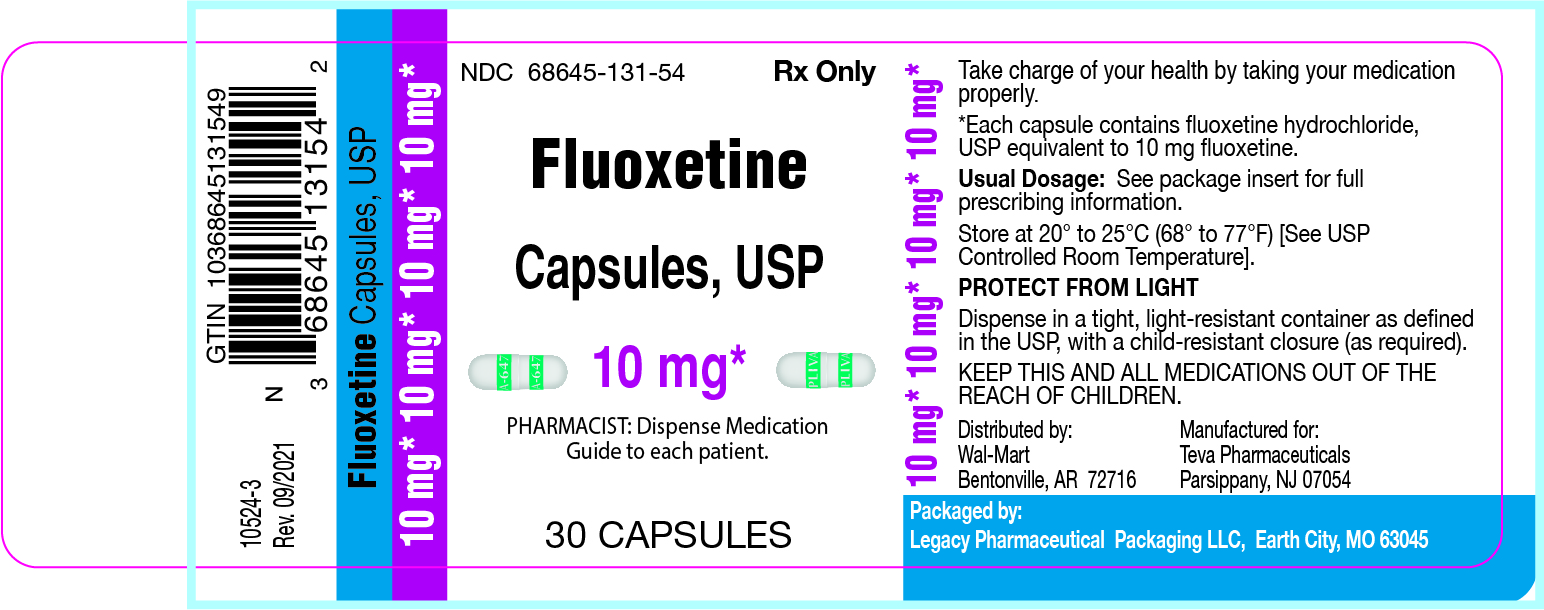Fluoxetine, commonly known by its brand name Prozac, is a selective serotonin reuptake inhibitor (SSRI) antidepressant. It is primarily used to treat depression, obsessive-compulsive disorder (OCD), bulimia nervosa, panic disorder, and premenstrual dysphoric disorder (PMDD). The 10mg dosage of fluoxetine is one of the lower doses available and is often prescribed for patients who are just starting their treatment or for those who may be more sensitive to the medication.
Mechanism of Action
Fluoxetine works by increasing the levels of serotonin in the brain. Serotonin is a neurotransmitter that helps maintain mental balance and promotes feelings of well-being. By preventing the reabsorption of serotonin into the presynaptic cell, fluoxetine allows more serotonin to be available for use by the brain, which can help improve mood, reduce anxiety, and alleviate symptoms of depression and other mental health conditions.
Indications for Use
- Major Depressive Disorder (MDD): Fluoxetine is used to treat the symptoms of depression, including feelings of sadness, loss of interest in activities, changes in appetite or sleep, and suicidal thoughts.
- Obsessive-Compulsive Disorder (OCD): It helps reduce the frequency and severity of obsessive thoughts and compulsive behaviors.
- Bulimia Nervosa: Fluoxetine is used to treat bulimia nervosa, characterized by binge eating followed by purging.
- Panic Disorder: It helps reduce the frequency and severity of panic attacks.
- Premenstrual Dysphoric Disorder (PMDD): Fluoxetine is used to treat severe symptoms of premenstrual syndrome, including mood swings, bloating, and breast tenderness.
Dosage and Administration
The dosage of fluoxetine can vary based on the condition being treated. For depression, the recommended dose is often started at 20mg per day, but in some cases, a healthcare provider may prescribe 10mg per day to gradually increase the dose as needed and tolerated. It’s crucial to follow the dosage instructions provided by the healthcare provider and not to adjust the dose without consulting them.
Side Effects
While fluoxetine can be effective, it may cause side effects, some of which are more common than others. Common side effects include:
- Nausea and vomiting
- Headache
- Dizziness or lightheadedness
- Insomnia or sleepiness
- Dry mouth
- Constipation or diarrhea
- Increased sweating
- Yawning
Less common but more serious side effects can include sexual dysfunction, increased risk of suicidal thoughts (especially in children, adolescents, and young adults), and discontinuation syndrome when the medication is stopped abruptly.
Interactions and Contraindications
Fluoxetine can interact with various medications, including other antidepressants, certain antipsychotics, and antiplatelet drugs, which may lead to increased risk of bleeding. It’s essential to inform the healthcare provider about all medications, including supplements and herbal products, being taken.
Fluoxetine is contraindicated in patients known to be hypersensitive to fluoxetine, and it should not be used in combination with monoamine oxidase inhibitors (MAOIs) or within 14 days of discontinuing an MAOI due to the risk of serotonin syndrome, a potentially life-threatening condition.
Conclusion
Fluoxetine 10mg can be an effective and relatively well-tolerated dose for managing various mental health conditions, especially when used under the guidance of a healthcare provider. However, like all medications, it requires careful consideration of the potential benefits and risks, and regular monitoring to adjust the dosage as needed. Patients should work closely with their healthcare provider to find the right balance and to address any concerns or side effects that arise during treatment.
What are the most common side effects of fluoxetine 10mg?
+The most common side effects include nausea, headache, dizziness, insomnia or sleepiness, dry mouth, constipation or diarrhea, and increased sweating. These side effects are usually mild and may decrease as the body adjusts to the medication.
Can fluoxetine 10mg be used to treat anxiety disorders?
+While fluoxetine is primarily known for treating depression, it is also used to treat various anxiety disorders, including obsessive-compulsive disorder (OCD), panic disorder, and social anxiety disorder. However, the specific dosage and treatment plan would depend on the disorder being treated and the patient's response to the medication.
How long does it take for fluoxetine 10mg to start working?
+It can take several weeks, typically 4 to 6 weeks, for fluoxetine to start having a noticeable effect on symptoms of depression or anxiety. It's essential to be patient and continue taking the medication as directed by the healthcare provider, even if it seems like it's not working at first.
In conclusion, fluoxetine 10mg is a valuable medication for the treatment of various mental health conditions. Its effectiveness and relatively favorable side effect profile make it a commonly prescribed dose for patients starting their treatment. However, like all antidepressants, it should be used under the close supervision of a healthcare provider to ensure its safe and effective use.



